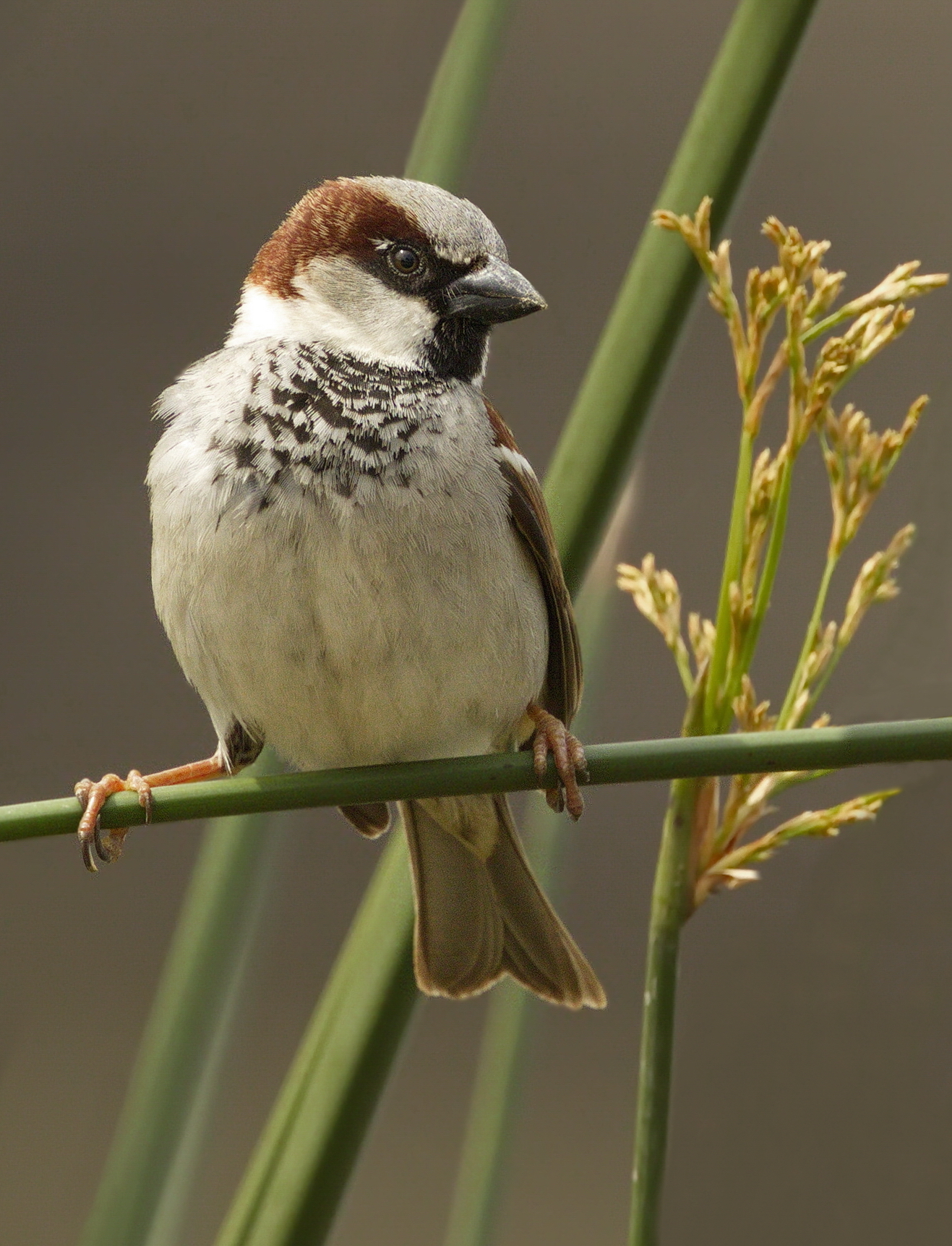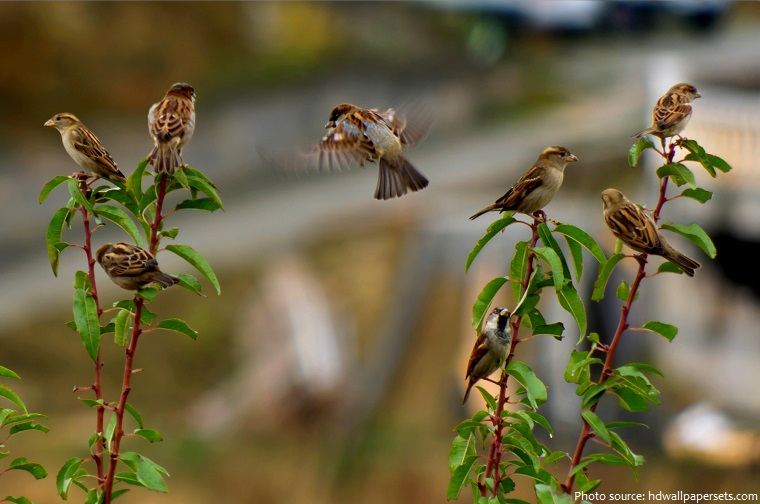Table Of Content

After the eggs are hatched, both males and females feed the young through regurgitation. A nonnative to North America, they were introduced from Europe to New York in 1852. Birders tend to dislike them because they often kill native birds in order to take over their nesting sites (i.e. bluebird boxes or purple martin houses).
Economic Importance for Humans: Positive
Here are birds birdwatchers may see in DE. Search our database - The News Journal
Here are birds birdwatchers may see in DE. Search our database.
Posted: Sat, 11 Nov 2023 08:00:00 GMT [source]
And house sparrows strongly prefer to nest in, on, or near our buildings. The noise can be annoying, especially because they start singing at the very first light. But their habit of packing nesting material in stove, dryer and fan vents may prevents use of the vents—a more serious problem.
Black-throated Sparrow
Their bills are pink, which contrasts with their gray heads, and makes them easier to spot. Nests of House Sparrows are hidden away in small openings in buildings or dense vegetation or nest boxes. Nests are made from dry grass and plant materials and lined with feathers and other soft materials.
Species information
Advocating that house sparrows be used as model organisms is not simple as many definitions of model species are available (Bolker, 2009; Bolker, 2014; Bolker, 2017). This jumble of definitions has led some to claim that 'model' is one of the most under-powered concepts in biology (Katz, 2016). These challenges motivated us to think hard about how house sparrows could serve as models (Bolker, 2009). As new technologies are developed and refined, we expect the interest in house sparrow genetics, epigenetics and the microbiome to grow. Several local populations of house sparrows have been pedigreed, which enables quantitative genetic estimates of heritability and genetic architecture (Schroeder et al., 2015; Jensen et al., 2003; Wetzel et al., 2012). Additionally, many museums have large collections of house sparrows including many specimens collected before 1900 (Table 2).

Male (right) and Female (left) House Sparrow
The house sparrow originated in the Mediterranean region and spread naturally throughout Europe and eastern Asia. The birds were imported to North America during the 1850s for nostalgic reasons and to help control insect populations. By the time it was realized that house sparrows do not regularly eat insects outside the nesting season, the birds’ range had already spread uncontrollably. Today, there are an estimated 150 million house sparrows in North America alone, and the species is one of the most abundant birds in the world. Given the broad distribution of the species and its recent arrival in many regions, house sparrows have been used as models of genetic, genomic and more recently epigenetic changes during range expansion.
The Cornell Lab will send you updates about birds, birding, and opportunities to help bird conservation.
Common backyard spring birds: Spot cardinals, sparrows, finches - USA TODAY
Common backyard spring birds: Spot cardinals, sparrows, finches.
Posted: Fri, 29 Mar 2024 07:00:00 GMT [source]
Abert’s Towhees do not migrate and can be spotted in the south of California all year. Black-throated Sparrows are mainly seen in California from March to May, but they can be spotted here all year in southern California. Bell’s Sparrows live in southwestern US states and northwestern Mexico all year. Males and Females look the same while Juveniles are brown all over. Rufous-crowned Sparrows are resident all year in southwestern US states.
All About Birdhouses
They typically nest in cavities in trees or other structures, but they’ll occasionally build their nests in more open, unusual spaces like streetlights or gas station roofs. Nest in holes of buildings and other structures such as streetlights, gas-station roofs, signs, and the overhanging fixtures that hold traffic lights. Also nests in nest boxes and competes with other species for them.
Black-throated Sparrows are sparrows of southwestern US states. Those that breed further north in their range migrate, but those in the south and Mexico remain all year. Black-throated Sparrows are one of the most easily recognized sparrows with their distinctive black throat and two bright white stripes on each side of their gray heads. The rest of them is pale underneath and grayish-brown on the back. They are a loose cup of sagebrush, twigs, grass, and bark lined with feathers and fur. The female lays around five eggs that she takes care of for about sixteen days until they hatch.
House sparrows regularly re-use the same nest for the following brood. Field observations indicate that females can start laying eggs for the next brood as soon as 8 days after the chicks of the earlier brood have left the nest. However, in some cases, it took much longer for a sparrow female to start laying eggs after the preceding brood left the nest.
Its intentional or accidental introductions to many regions, including parts of Australasia, Africa, and the Americas, make it the most widely distributed wild bird. These birds are often in direct competition with house sparrows for food and nesting sites, and house sparrows’ more aggressive, bullying behavior is often successful in displacing them. Reproductive biology has been another reason this species has been used as a model, in particular to understand the cues that influence the onset of breeding. Towards the global poles, house sparrows, like other species, rely on changes in the number of hours of daylight and temperature to ensure that breeding coincides with peak food availability (Hau, 2001). Nearer to the equator, however, both light levels and temperature are fairly stable year-round (Hau et al., 1998), and house sparrows in this region seem to use changes in precipitation regimes to time breeding. It nests in cavities, and pushed out native species like Eastern bluebirds.
Male abdomens are gray whereas bills, tails, wings and body feathers are black or dark brown. Plumage in females is drabber, with crests that are dark brown and post-ocular stripes that are light brown. Females lack black head markings and have gray-brown to light brown cheeks, bills and feathers (Figure 1a). Female plumage resembles juveniles and females from other Passer species so much that distinguishing them visually is often difficult (Anderson, 2006).
Many people regard House Sparrows as undesirables in their yards, since they aren't native and can be a menace to native species. House Sparrows are so closely entwined with people's lives that you probably will find them around your home even without feeding them. They are frequent visitors to backyard feeders, where they eat most kinds of birdseed, especially millet, corn, and sunflower seed. Find out more about what this bird likes to eat and what feeder is best by using the Project FeederWatch Common Feeder Birds bird list. TimingBecause House Sparrows and European Starlings do not migrate, they have a competitive advantage when it comes to having first pick of suitable nest boxes.

No comments:
Post a Comment